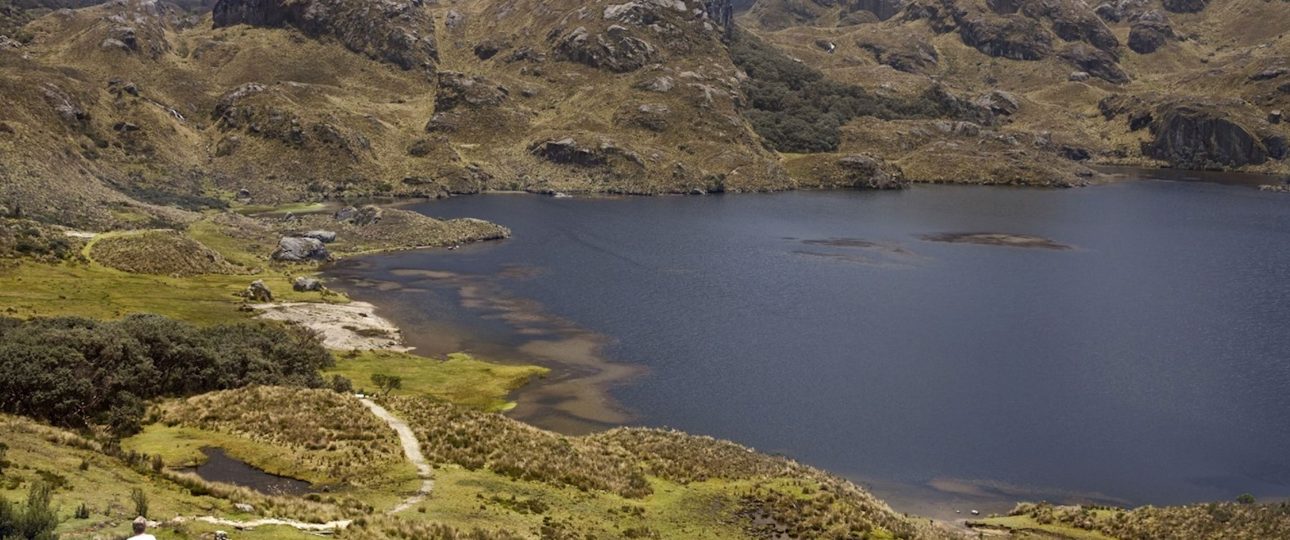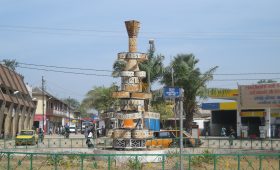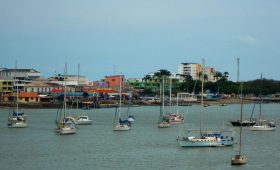About Cajas National Park
Cajas National Park, located in Ecuador, is a remarkable destination for those interested in exploring diverse ecosystems and rich biodiversity. The park’s name is derived from the Quichua word “cassa,” meaning “gateway to the snowy mountains,” or “caxa,” meaning “cold.” It is also associated with the Spanish word “cajas,” meaning “boxes,” which could refer to the park’s numerous lakes and lagoons.
The Unique Charm of Cajas National Park
Cajas National Park is renowned for its ecological diversity and stunning landscapes. The park boasts approximately 270 lakes and lagoons, including the largest, Luspa, which spans 78 hectares. These bodies of water are of glacial origin, contributing to the park’s unique U-shaped valleys and ravines. The park’s high-altitude grasslands, known as páramo, and cloud forests provide habitats for a variety of plant and animal species, some of which are endemic to the region.
Among the notable wildlife are the South American condor, the curiquinga, and the giant hummingbird. Birdwatchers will find the park particularly appealing, with 157 bird species recorded. The park also supports a diverse range of mammals, including pumas, coatis, and the endemic Cajas water mouse. The presence of 17 amphibian species, many critically endangered, highlights the park’s ecological significance.
Best Time to Visit
Cajas National Park experiences a mild climate with an average temperature of 13.2°C (55.8°F) and annual precipitation of 1,072 mm. The dry season, from June to September, offers clearer skies and is ideal for outdoor activities. However, the rainy season from October to May transforms the park into a lush, green landscape, though visitors should be prepared for occasional showers and muddy trails. Regardless of the season, packing layers is essential due to the park’s unpredictable weather.
How to Get There
Reaching Cajas National Park is straightforward. The nearest major city is Cuenca, which is accessible by air. From Cuenca, the park is a 30-minute drive, and visitors can hire a taxi or rent a car. The road to the park offers scenic views of the surrounding countryside. For those preferring public transportation, buses run from Cuenca to the nearby town of Turi, where local buses or taxis can take you to the park entrance. Note that public transport schedules may be limited, so plan accordingly.
Exploring the Park
Upon arrival, the visitor center provides information on trails and attractions. Hiring a local guide is recommended for a more enriching experience. The park offers trails for all fitness levels. The Laguna Toreadora Trail is suitable for beginners, while the challenging Cerro Arquitectos Trail, reaching 4,450 meters, offers panoramic views for experienced hikers. Keep an eye out for unique flora like Polylepis trees and fauna such as the Andean fox.
Local Transportation and Accommodation
Within the park, public transportation is unavailable. Private transport or guided tours are advisable for exploring different areas. Local tour operators from Cuenca offer transportation and knowledgeable guides. For extended stays, accommodations range from eco-lodges to guesthouses near the park. Booking in advance is recommended, especially during peak seasons.
Cajas National Park is a Ramsar Wetland of International Importance and an Important Bird Area. It is also a candidate for UNESCO World Natural Heritage Site status. While the park offers incredible natural beauty and biodiversity, visitors should be prepared for high altitudes and variable weather conditions.




